Multan, known as the “City of Saints” stands as one of Pakistan’s most historically significant urban centers. Located in the Punjab province along the eastern bank of the Chenab River, it serves as the administrative headquarters of both Multan District and Multan Division. With its roots stretching deep into antiquity, this ancient city represents one of the oldest continuously inhabited settlements in Asia, having witnessed over 5,000 years of human civilization. This article presents key facts and figures about Multan city and district, focusing on population, administration, economy, infrastructure, and education.
Multan History
Multan’s history spans millennia, from the Indus Valley Civilization through various empires and dynasties. The city was besieged by Alexander the Great during the Mallian campaign and later conquered by the Umayyad commander Muhammad bin Qasim in 712 CE. It served as the capital of the Emirate of Multan in the 9th century and the Langah Sultanate in 1445.
The city’s spiritual heritage has earned it the title “City of Saints,” with numerous Sufi shrines attracting pilgrims from across Pakistan and beyond. The most notable are the shrines of Bahauddin Zakariya, Shah Rukn-e-Alam, Shamsuddin Sabzwari Multani, and Musa Pak Shaheed. These mausoleums symbolize its deep spiritual heritage and Islamic mystical traditions.
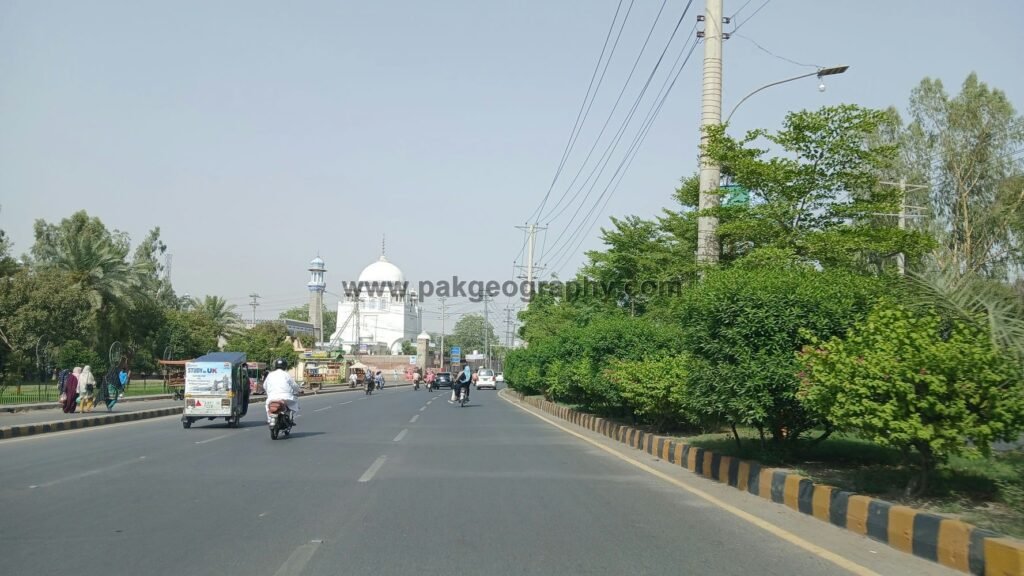
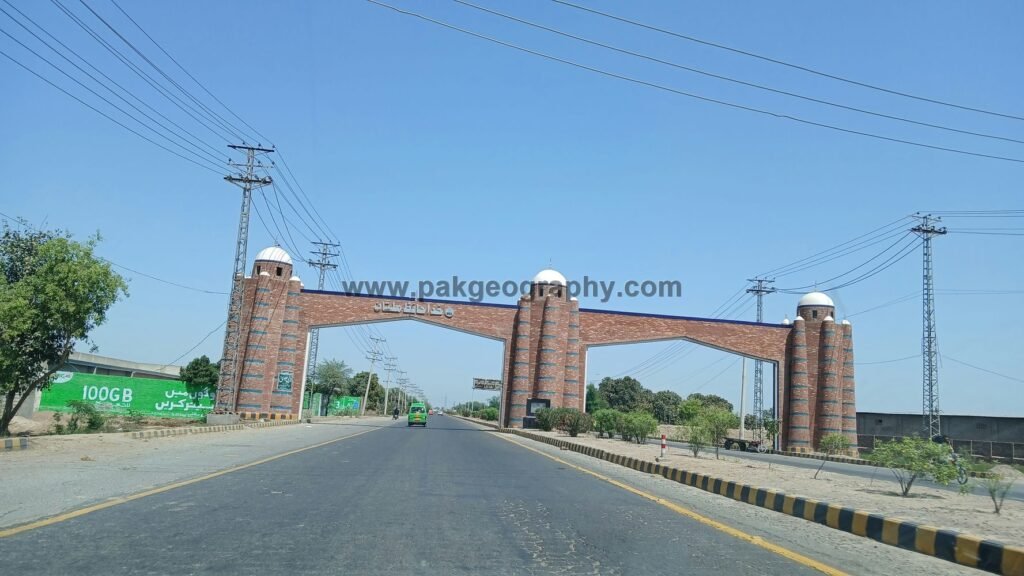


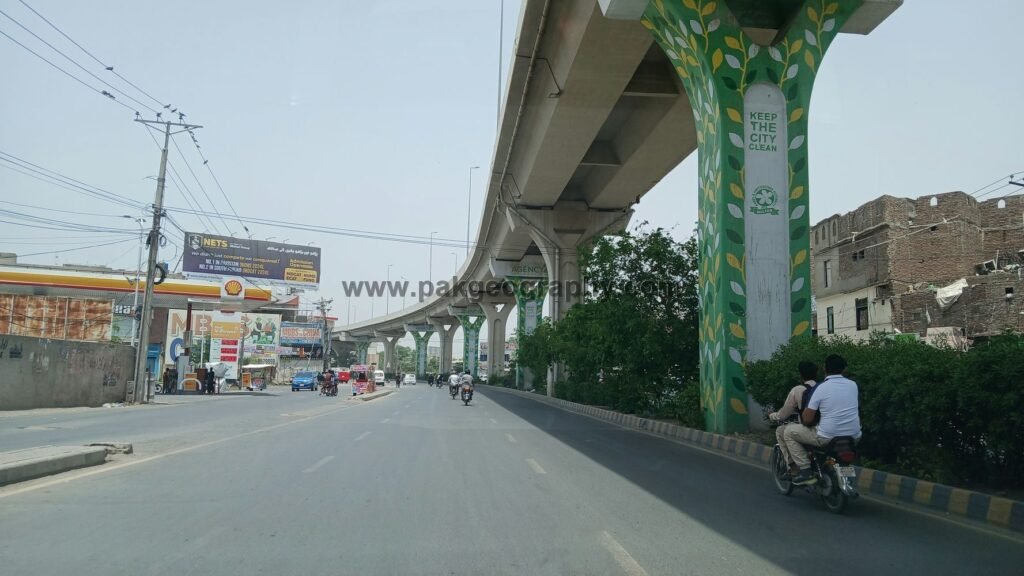
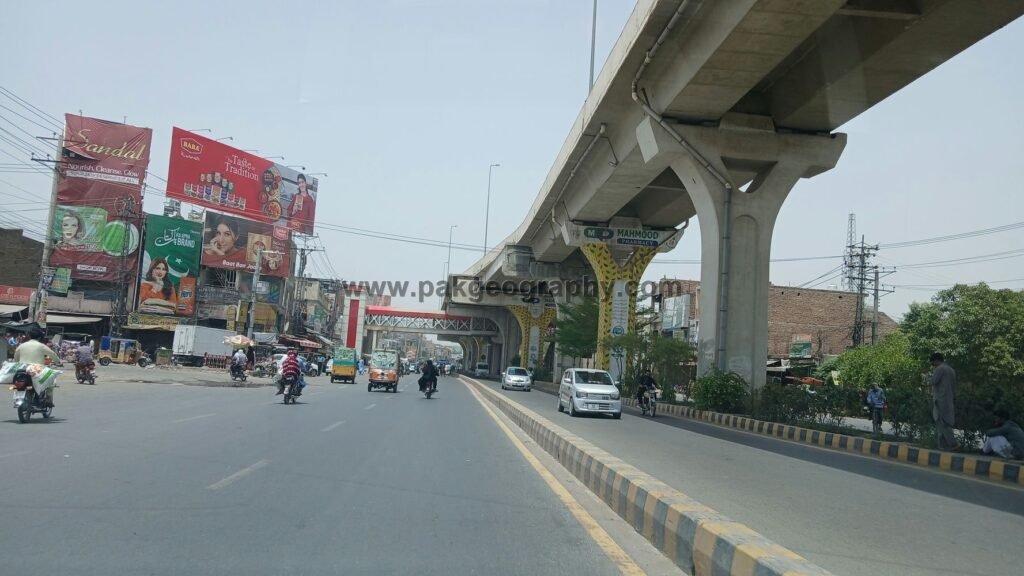
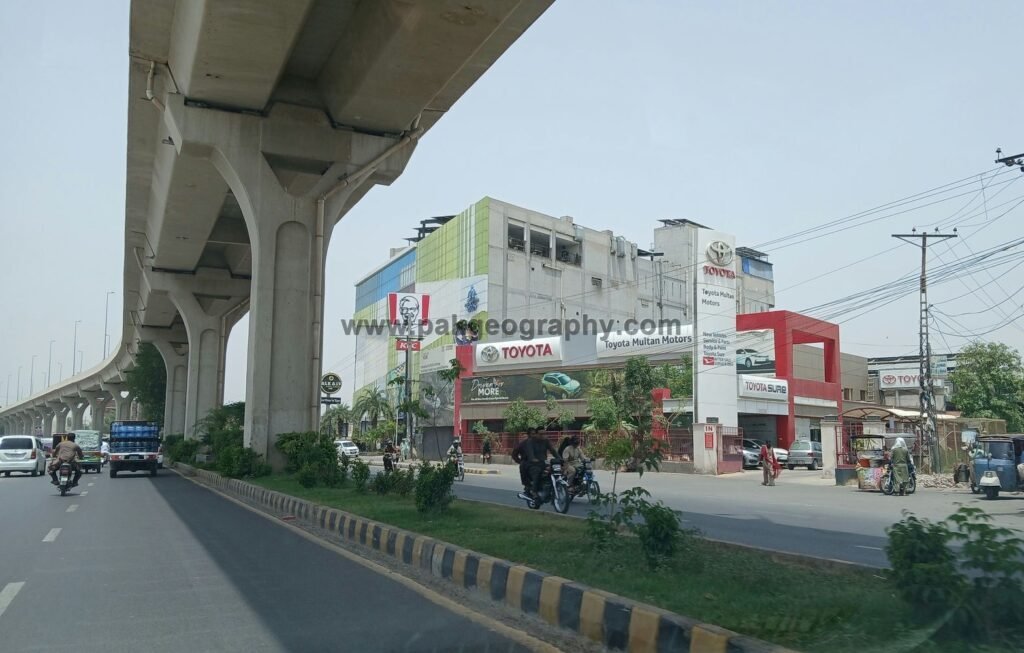
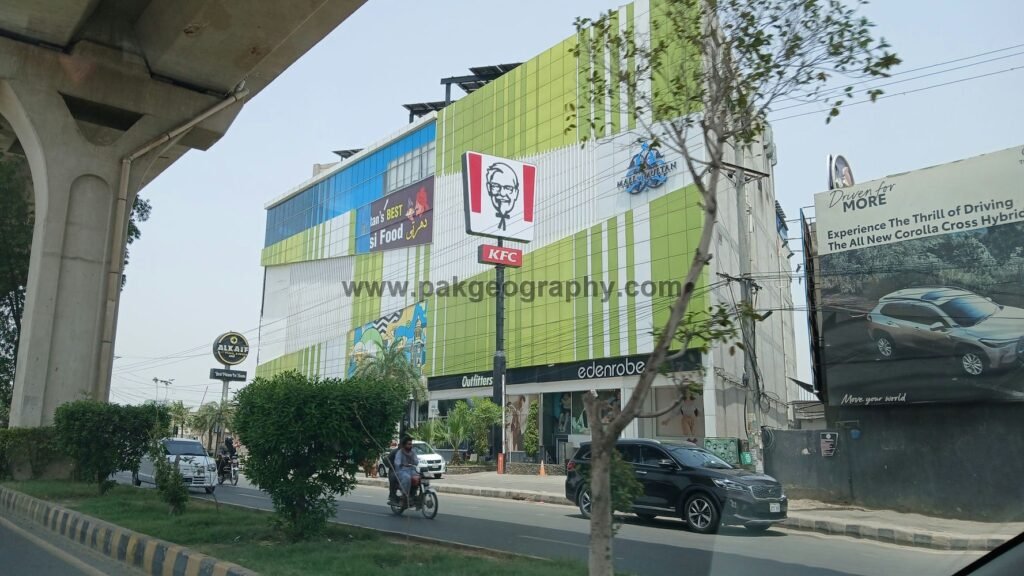
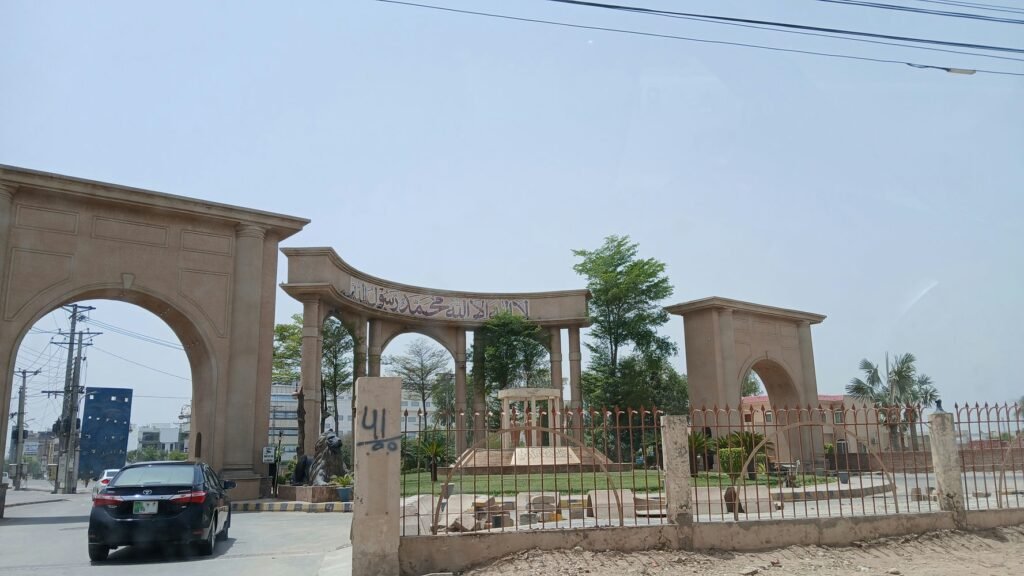
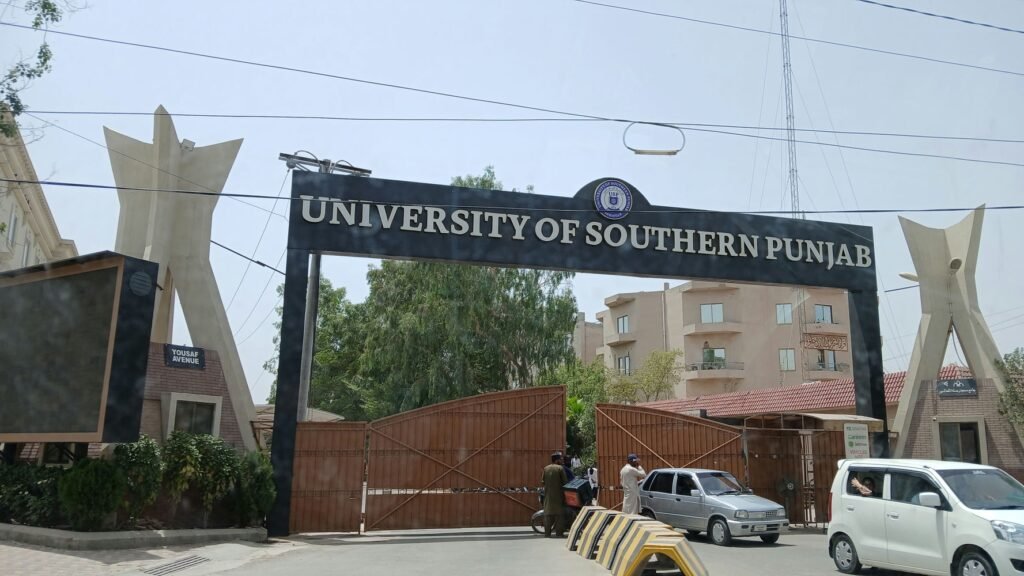
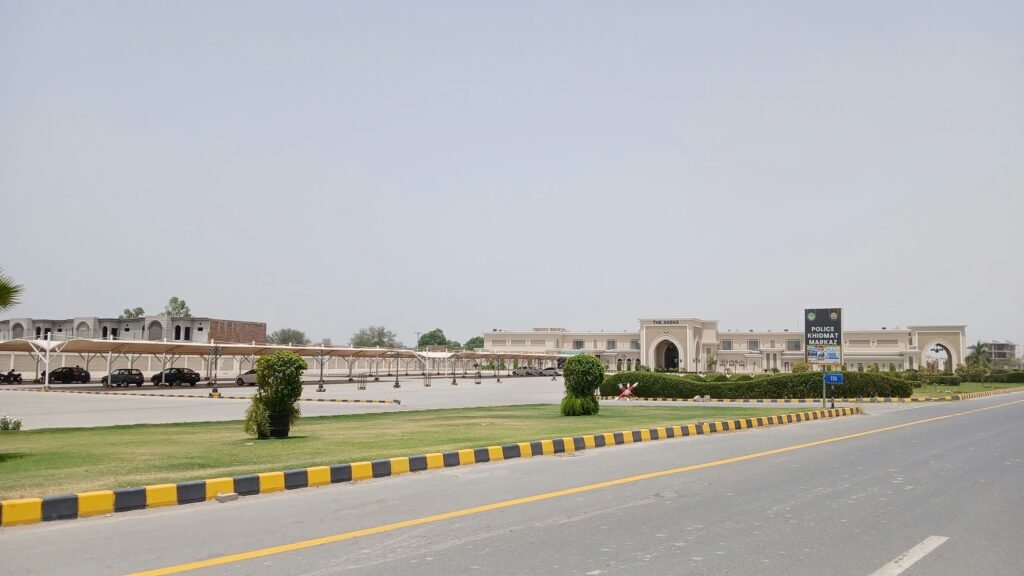
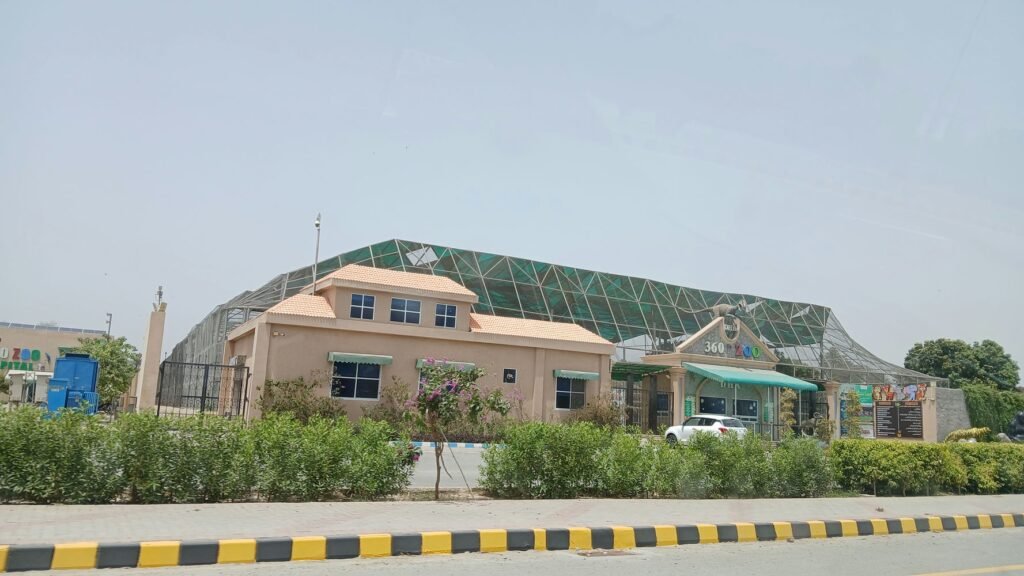
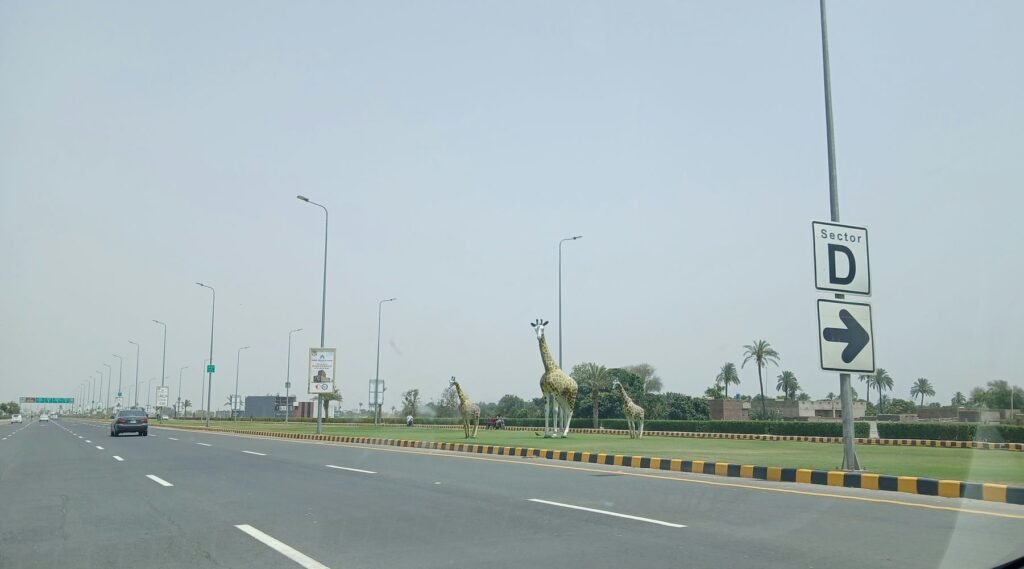
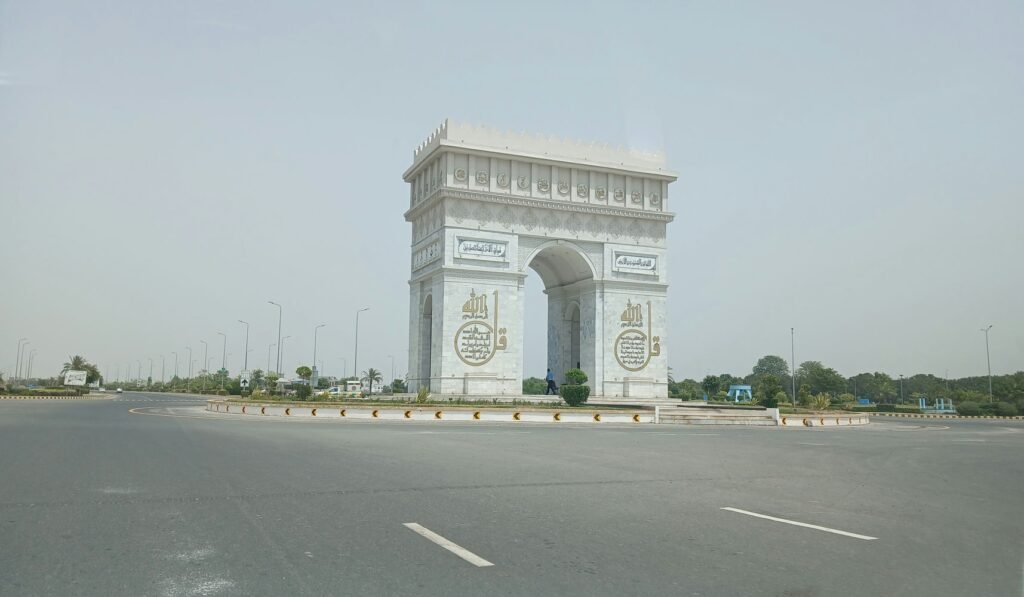
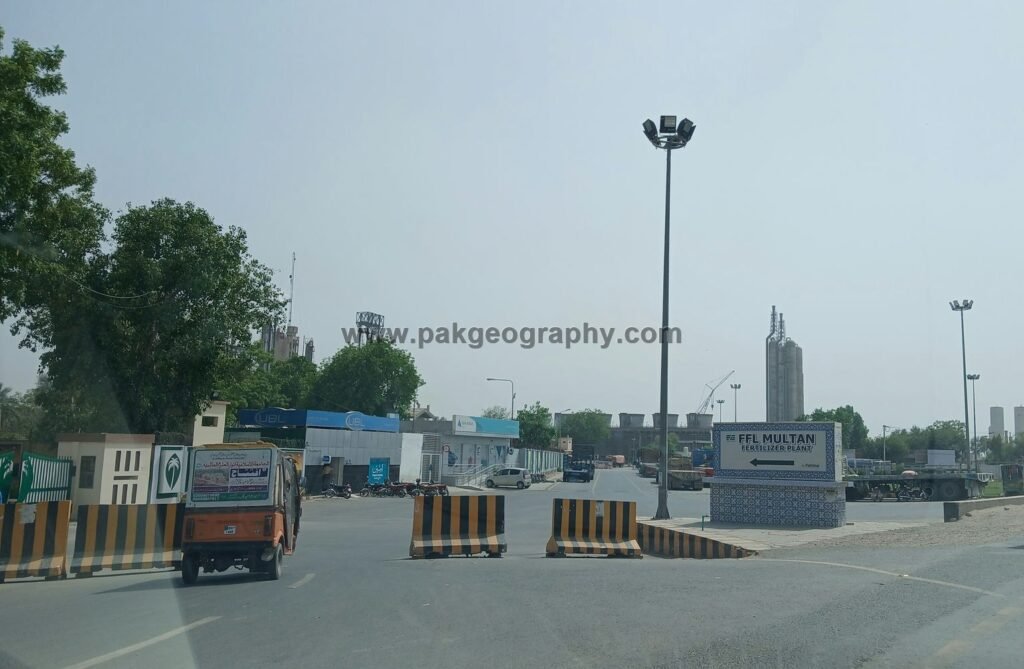
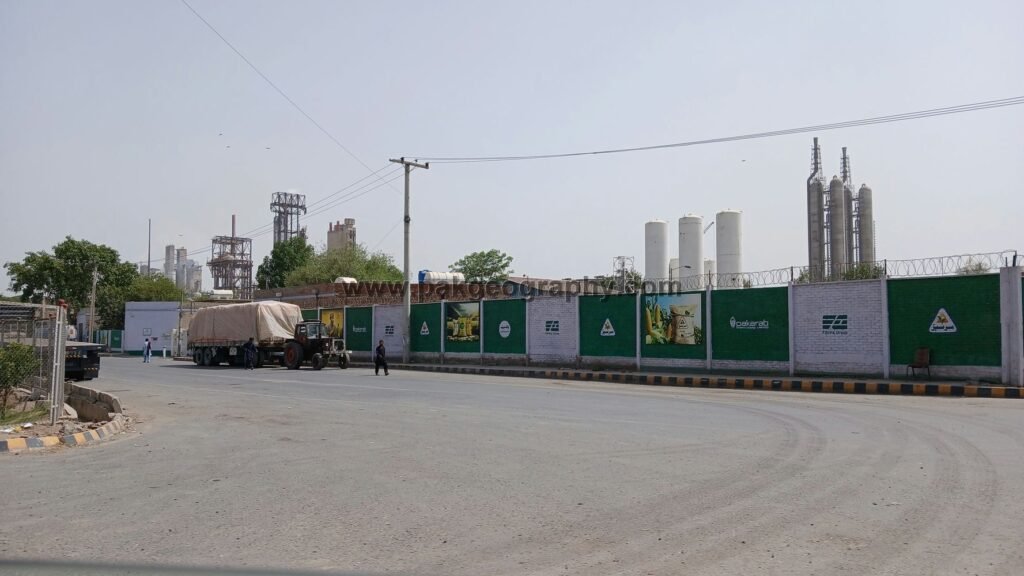

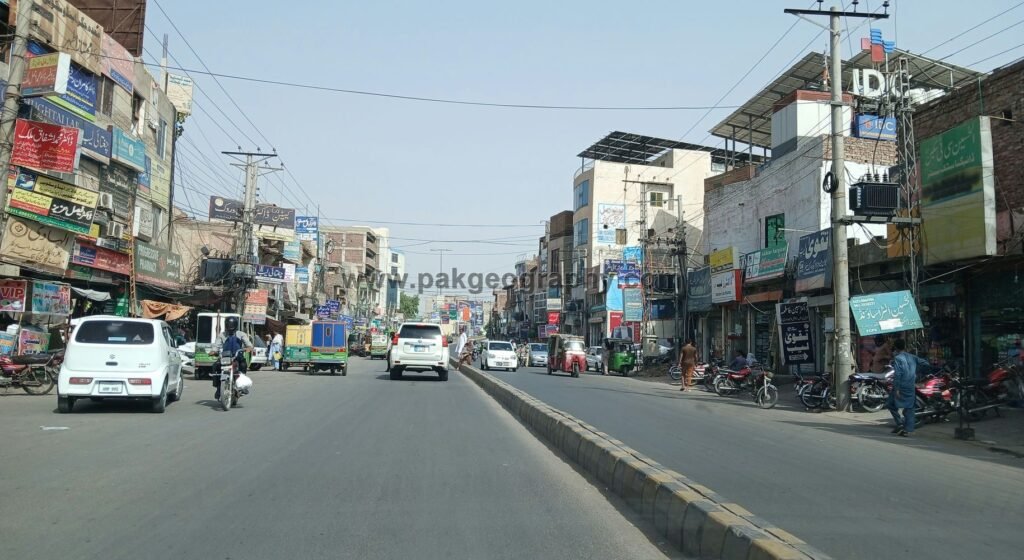
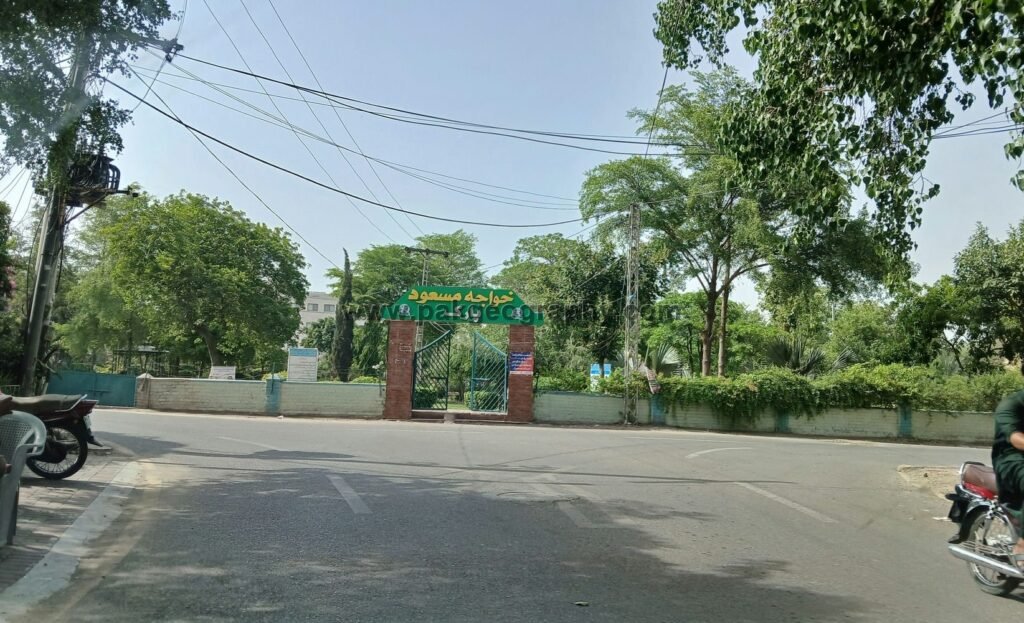
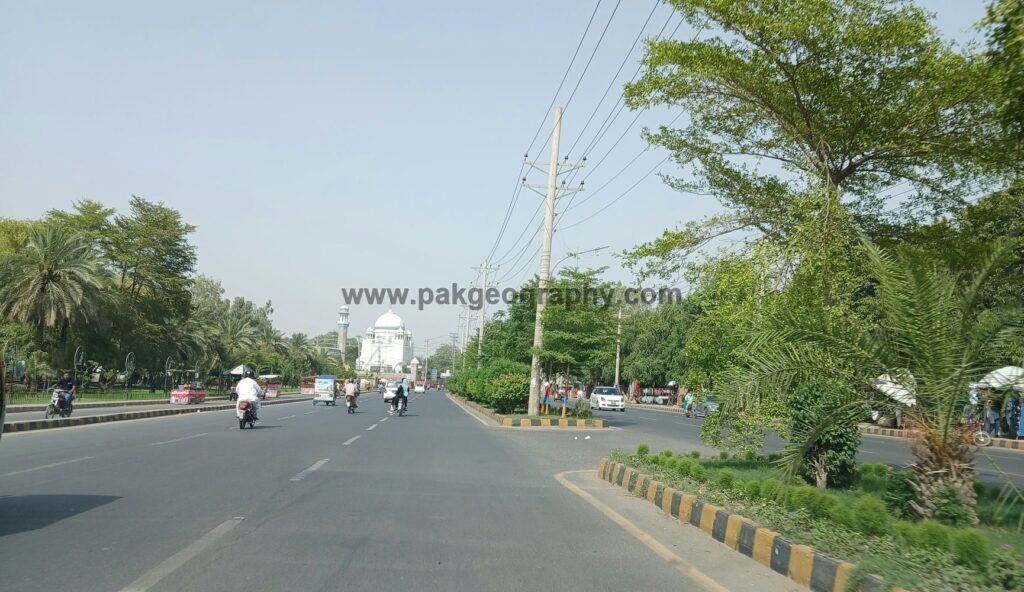
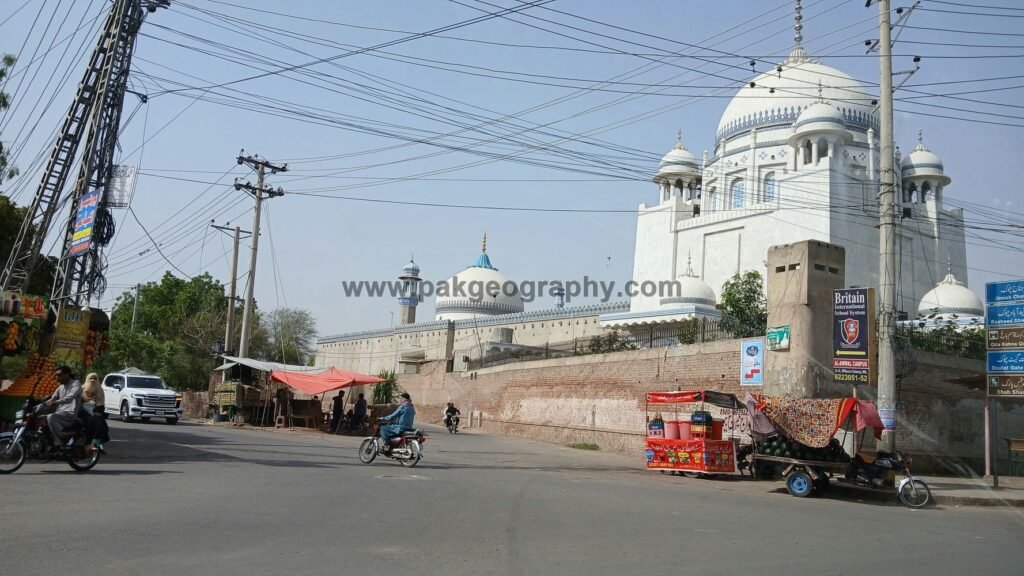
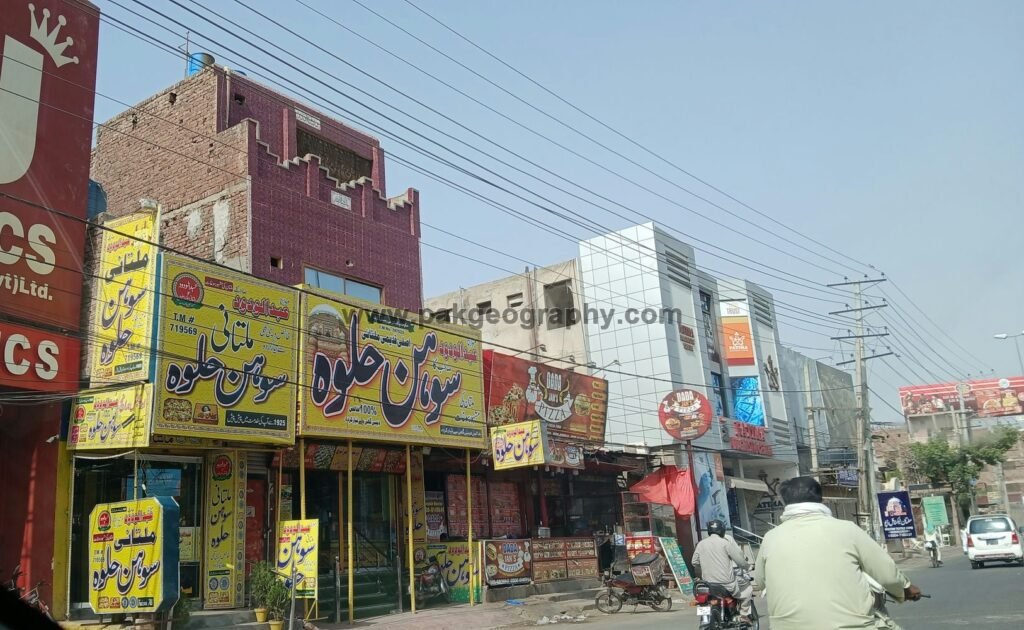

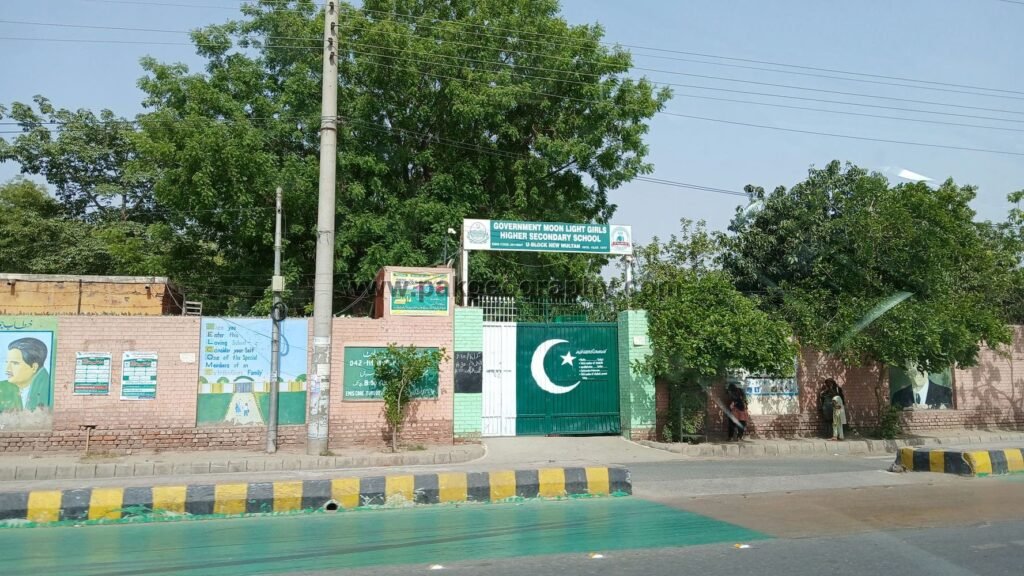
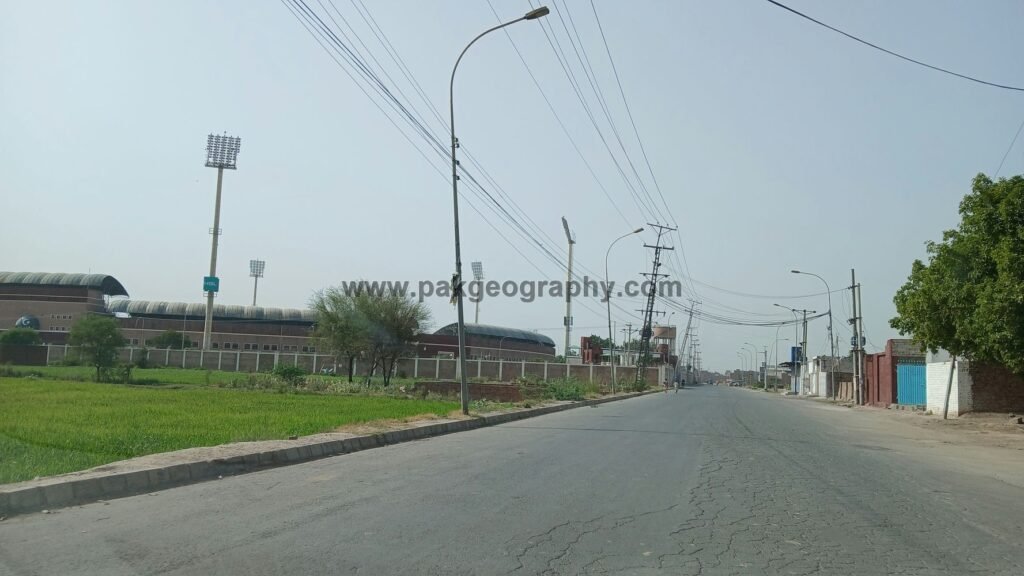
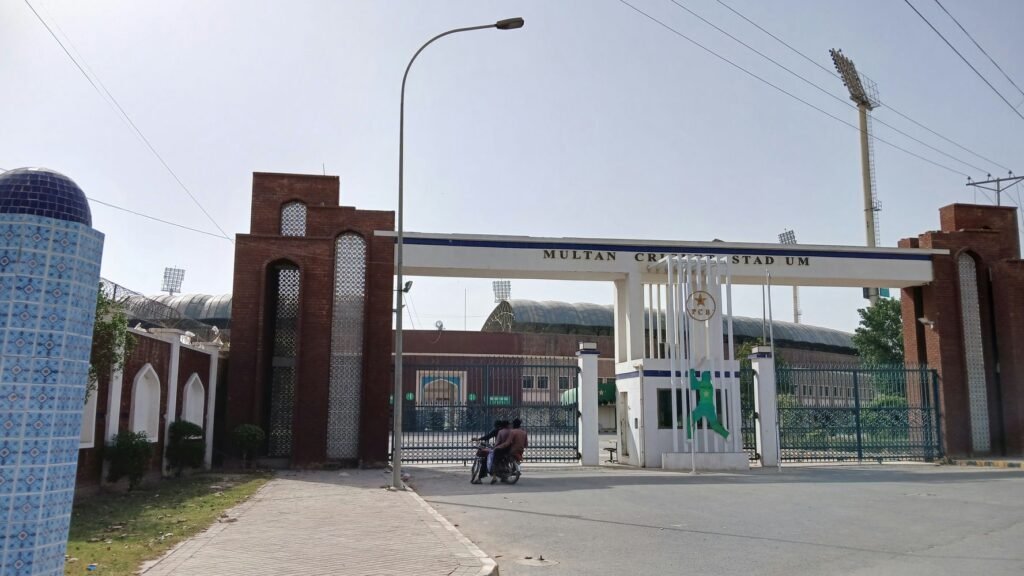
Geography, Location and Tehsils of Multan
Multan District covers an area of 3,720 square kilometers and is administratively divided into follwoing four tehsils:
- Multan City
- Multan Saddar
- Jalalpur Pirwala
- Shujabad.
The district is surrounded by Khanewal to the east, Vehari to the southeast, and Lodhran to the south, while the Chenab River passes on its western side. The district forms a rough triangle shape, positioned between 29°22′ to 30°45′ north latitudes and 71°03′ to 72°28′ east longitudes.
The city itself sits at an altitude of 215 meters (740 feet) above sea level. The area under MDA covers 560 square kilometers.
Population and Demographics of Multan
As of the 2023 census, Multan district has 887,304 households and a population of 5,362,305. Male population of the district is 2,730,613, while population of females is 2,631,285. Literacy rate1 of the district is 61.41%, 67.28% for males and 55.27% for females. Population of Multan City / Municipal committee is 2,169,915.
The linguistic demographics reveal that Saraiki is the dominant language, spoken by 3,412,395 residents, representing 63.64% of the total population. Urdu ranks as the second most spoken language with 946,368 speakers, accounting for 17.65% of the population. Punjabi follows closely as the third major language, spoken by 854,421 people, which constitutes 15.93% of the district’s inhabitants. Together, these three languages account for approximately 97.22% of the population, while the remaining 2.78% (149,121 people) speak other languages.
Education
The city houses several important educational institutions, including Bahauddin Zakariya University, Mian Nawaz Sharif University of Agriculture and Nishtar Medical University. These institutions contribute significantly to research and development in agriculture, technology, and other fields crucial to the region’s economic growth.
Transportation and Infrastructure
The district serves as a major transportation hub in southern Punjab. The city is situated along the under-construction 6-lane Karachi-Lahore Motorway (M3), being built as part of the China Pakistan Economic Corridor. Currently, travel time from Lahore to Multan is 4 hours via motorways M3 and M4.
The 6-lane, 392-kilometer long M-5 section of the motorway, built between Sukkur and Multan at a cost of $2.89 billion, has been operational since 2019. The city is also connected to Faisalabad via the M-4 motorway, which links to the M-1 and M-2 motorways providing access to Islamabad and Peshawar.
The Multan Metrobus, a bus rapid transit system that commenced service in January 2017, cost 28.8 billion rupees. The BRT route spans 18.5 kilometers with 21 stations, of which 14 are elevated. The system serves up to 95,000 passengers daily, primarily students, and plans exist to expand to four BRT lines covering 68.82 kilometers.
Multan International Airport, located 10 kilometers west of the city center provides air connectivity. The city is also well-connected through Pakistan’s railway network, lying on the main track between Karachi, Peshawar, Lahore, and Quetta.
Mango Production in Multan
Multan has rightfully earned its title as Pakistan’s “Mango City” due to its exceptional mango production. The district’s extremely hot climate, with temperatures reaching up to 50°C, creates perfect conditions for cultivating some of the world’s finest mangoes. The average annual mango production during 1998-2001 was 88 thousand metric tons.2 The region produces numerous varieties, with Anwar Rattol being the most famous, followed by Langra, Dusehri, and Chaunsa, each offering unique taste profiles and textures. Local farmers attribute the exceptional sweetness and aroma of Multani mangoes to the intense heat, which enhances sugar development in the fruit. These mangoes are not only consumed domestically but also exported internationally, contributing significantly to Pakistan’s agricultural exports and district’s economy.
Climate
The district features a hot desert climate with extremely hot summers and mild winters, with normal annual precipitation measuring around 200 millimeters. The city experiences some of Pakistan’s most extreme temperatures. In summer, the temperature reaches as high as 50 degree Celsius. The hot climate, while challenging for residents, provides ideal conditions for the cultivation of mangoes, which have made Multan famous throughout Pakistan and beyond.
